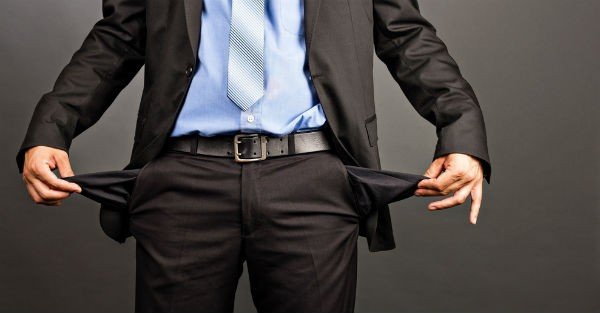July 7, 2014
London, England
[Editor’s Note: Tim Price, frequent Sovereign Man contributor and Director of Investment at PFP Wealth Management, is filling in today while Simon is traveling in Iraq.]
Lord Overstone said it best. “No warning can save people determined to grow suddenly rich.”
Case in point– CYNK Technology Corp, a listed company that as of this morning has a market capitalization in excess of $1 BILLION.
According to official filings, the social media development company had one employee, no website, no revenue, no product, and no assets.
What has effectively united this company with prudent investors is today’s central banker.
Andy Haldane, the chief economist for the Bank of England, conceded last week that ultra-accommodative monetary policy had “aided and abetted risk-taking” by investors.
But to the central bank, it was worth using higher asset prices to stimulate the economy:
“That is how [monetary policy] is meant to work. That’s why we did it.”
Central bankers, of course, will not be held accountable when the crash finally hits, even if the accumulated dry tinder of the boom was almost entirely of their own creation.
Last week the Bank for International Settlements, the central banker for central banks, issued an altogether more circumspect analysis of the world’s current financial situation, in their annual report.
It concluded with an entirely welcome sense of caution against monetary policy’s “diminished effectiveness and side effects.”
Translation: ZIRP (Zero Interest Rate Policy – and in the case of the European Central Bank, which has taken rates negative, NIRP) is no longer working – if it ever did.
Hyper-aggressive monetary policy has side effects. Getting out of this mess is not going to be easy, and it’s going to be messy.
In an interview with fund manager John Hussman, Professor Robert Shiller summed up the situation in the markets right now:
“I am definitely concerned. When was [the cyclically adjusted P/E ratio or CAPE] higher than it is now? I can tell you: 1929, 2000 and 2007.”
And Hussman:
“The central thesis among investors at present is that they have no other choice but to hold stocks, given the alternative of zero short-term interest rates and long-term interest rates well below the level of recent decades…”
“Investment decisions driven primarily by the question ‘What other choice do I have?’ are likely to prove regrettable. What we now have is a market that has been driven to one of the four most extreme points of overvaluation in history. We know how three of them ended.”
If one chooses to invest at all, invest on the basis of valuation. Pay money. Take choice.
As an example of the sort of valuations currently available away from the herd, consider the following. You can buy the US S&P 500 index today with the following metrics:
Price / earnings: 18.2
Price / book: 2.76
Dividend yield: 1.89%
Meanwhile, Greg Fisher in his Halley Asian Prosperity Fund (which is currently closed) is buying quality businesses throughout Asia on far more attractive valuations:
Average price / earnings: 7
Average price / book: 0.8
Average dividend yield: 4.5%.
But the realistic prospect of growth is also on the table. The fund’s average historic return on equity stands at 15%.
The conclusion seems clear to us.








